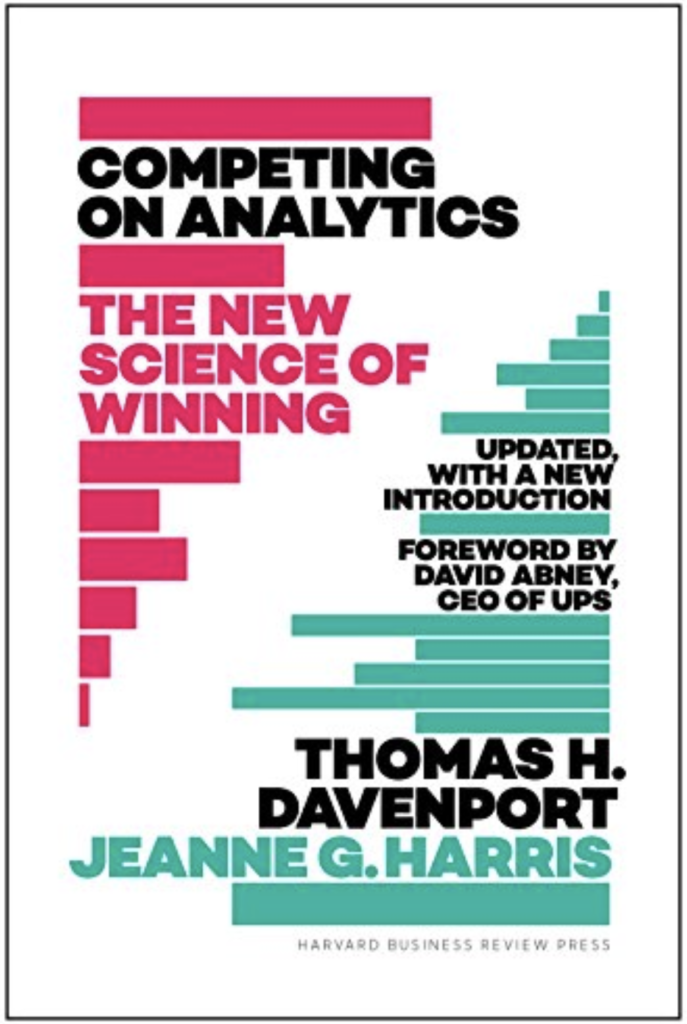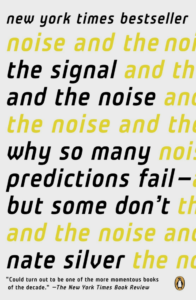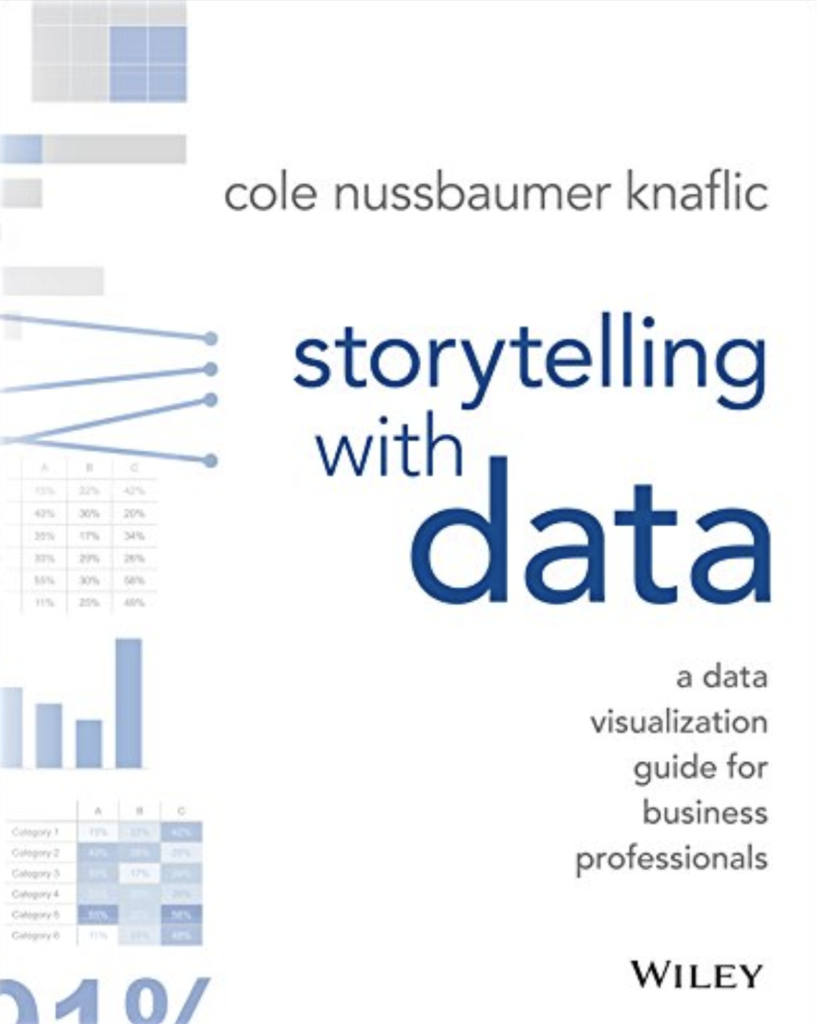Which animal would you think defines a good forecaster, fox or hedgehog?
The hedgehog knows one big thing, but the fox knows many little things.
If an original method is not surely working, the hedgehog is reluctant to change, but the fox is tolerant of complexity and is adaptable to find a new approach. That is why the author suggests being foxy is a right attitude toward a good forecaster.
We live in a world in which information is pervasive so that the gap between what we know and what we think we know is widening. As the study has shown, even the experts usually make incorrect predictions. For example, the probability of the skyscraper being crashed into by the terrorists is 0.05%. The possibility would rise to 38% given that the first building is under attack.
Today’s Forecast is the First Forecast of the Rest of Your Life
If we could use one of the principles, “Today’s Forecast is the First Forecast of the Rest of Your Life” in this book, we could make a better forecast possible today—regardless what we said yesterday, last month, or last year– and prevent the formidable catastrophe from happening.
Other suggestions the writer
proposes are below:
- Think probabilistically: Acknowledging the real-world uncertainty in our forecast.
- Look for consensus: It’s not easy to be objective. Other options could help us see the world in different viewpoints to reduce biases.
- Weighing qualitative information– accounting for the qualitative information along with quantitative factor
This book is a little long but readable, not a formula-heavy, general science book. It consists of four sections.
The first section considers the failures of predictions in finance, baseball, and politics. Then, the author gives the readers some advice about how we can apply our judgment to the data without succumbing to the biases. The second section focuses on dynamical systems (weather, economy, earthquake, and economy) that make forecasting more difficult. Following the third section, it turns toward a solution by an introduction of Bayer’s theorem. Finally, the discussion of applying Bayer’s theorem to more existential types of problems.
Other suggestion:
If you’re interested in general science books or statistically forecasting, please enjoy it. However, if you are the audience who need depth in measuring and making data-driven decisions, you might not appreciate this book as much. I would suggest to read “How To Measure Anything” by Douglas W. Hubbard.


